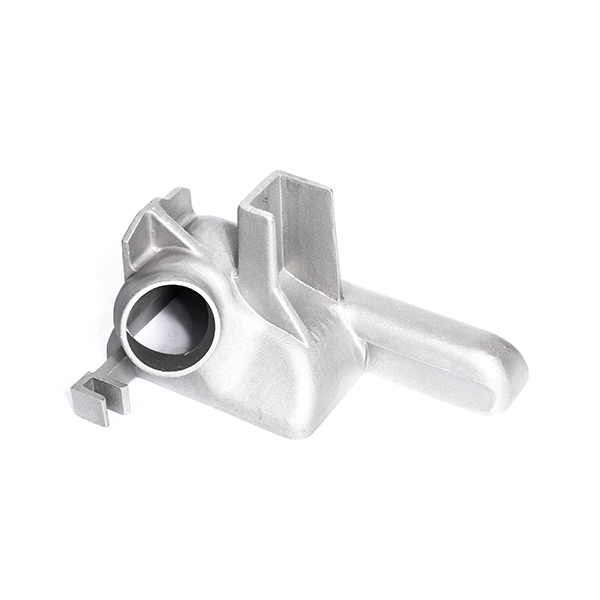Mobile:+86-311-808-126-83
Email:info@ydcastings.com
Innovative Techniques for 3D Printing Aluminum Castings in Modern Manufacturing
The Evolution of 3D Print Aluminum Casting
In recent years, additive manufacturing—commonly known as 3D printing—has made significant strides in various industries, one of the most promising being aluminum casting. The combination of aluminum and 3D printing technology offers a revolutionary way to produce complex components that are difficult or impossible to achieve with traditional manufacturing processes.
The Evolution of 3D Print Aluminum Casting
One of the key advantages of 3D printed aluminum casting is its ability to create complex geometries that are lightweight yet structurally sound. This is particularly important in industries like aerospace, where weight reduction can lead to significant improvements in fuel efficiency and overall performance. 3D printing allows designers to think outside the conventional boundaries of manufacturing, leading to innovations that were previously thought to be unattainable.
3d print aluminum casting

The process typically begins with the creation of a 3D model using computer-aided design (CAD) software. This digital model is then transformed into a physical object through additive manufacturing techniques, such as selective laser melting (SLM) or binder jetting. The resulting printed part can serve as a pattern for casting; a sand mold or shell mold is created around it. Once the mold is prepared, molten aluminum is poured in to form the final part. This method not only offers flexibility in design but also dramatically reduces lead times and costs associated with creating molds.
Additionally, 3D printing enables the use of customized alloys and materials that can enhance the performance of aluminum components. Manufacturers can tailor the properties of the final product by adjusting the composition of the aluminum or the parameters of the printing process itself. This level of customization is ideal for specialized applications, such as in medical devices or high-performance engines, where specific material characteristics are crucial.
Despite its advantages, 3D print aluminum casting does face challenges. Ensuring the mechanical properties of cast parts match or exceed those of conventionally manufactured components requires careful control of the printing process and thorough testing. Moreover, the technology and equipment involved can be expensive, potentially deterring smaller companies from adopting it.
In conclusion, the integration of 3D printing with aluminum casting marks a new era in manufacturing. This innovative approach not only pushes the boundaries of what is possible in terms of design and performance but also offers substantial efficiency gains. As technology continues to advance, it is likely that 3D printed aluminum casting will play a crucial role in shaping the future of manufacturing across diverse sectors.
-
Impeller Technology That Powers Precision in Pump SystemsNewsMay.22,2025
-
Valve Durability Begins with Quality Cast Iron ComponentsNewsMay.22,2025
-
Performance Cooling with Advanced Automobile Water Pump SolutionsNewsMay.22,2025
-
How Motor Housing and Oil Pans Shape Engine PerformanceNewsMay.22,2025
-
How Metal Castings Drive Modern Manufacturing EfficiencyNewsMay.22,2025
-
Exploring the Engineering Behind Valve Body CastingsNewsMay.22,2025











